Ryan Hall's Blog, page 144
August 2, 2017
Why Runners Need Spectators
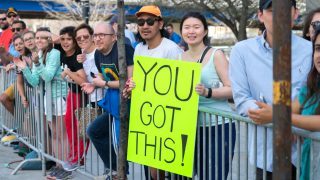
Any runner can tell you that there is something magical about races. The longer they are, the more the magic seems to grow. We have spent hours training, days planning the trip, and weeks anticipating the event. After all of the long training runs, it is exciting to have spectators and fans cheer for us.
The atmosphere of a race is exhilarating in itself. But no matter what distance, what race or who you are, you are certain to encounter a mental obstacle at some point along the course. This is where the magic of spectators and fans comes in. Here are some of the top reasons why we need you, complete stranger, to cheer for us!
You are EVERYWHERE!
You pump us up at the beginning of the race, replenish our motivation in the middle and push us to the finish. No matter where you are on the course, you are very much needed! There is always a runner struggling, either mentally, physically or emotionally at every point on the course. You may just be that magical person who keeps us from quitting. No matter how many family and friends come out to watch us, we depend on the complete strangers to be there when no one else is.
Things might not go as planned.
Maybe our cheering squad had a last-minute change in plans or our family missed the scheduled cheering spot. The spectators are the ones who make up for all of the unexpected letdowns of races. You bring our spirit up when we are discouraged!
RELATED: 10 Things That Could Go Wrong On Race Day
You act as random aid stations.
Gummy bears, wine, beer, lemonade, cookies, flushable bathrooms, cold towels, high fives—a random list but these are all things that runners need to get re-energized. Back-of-the-packers sometimes find that planned aid stations run out of our favorites by the time we get there. But never fear, because a great spectator will be handing out the much needed salty pretzel stick or Dixie cup of water to keep us pushing through.
We cheer for you, too!
Runners love to be supported and to support others. To the Vietnam vet, we want to say thank you. To the hundreds of police officers, we appreciate you—especially the one blaring rock songs out of his cruiser! To the centurion, your spirit is exhilarating. To the volunteers, we value you. As you support us and cheer us on, we feel overwhelmed with love and strive to share that with others. This is what running is all about and why we can’t stop signing up for races!
We know your sacrifice.
You got up at 3 a.m. You stood outside for five hours in the direct sunlight. You rearranged your plans because you are now stuck at home due to the race course being right in front of your house. And you are HUNGRY! We know what you have sacrificed to be here today. That is what makes us similar. As runners, we sacrifice and suffer, yet we enjoy the process. You sacrifice and suffer just as much. You may have come out to cheer on your family member, but we become like a family because you continue to cheer well after your runner has passed. We appreciate your sacrifice, your time and your hunger pains. Let’s all go out for burgers after this madness!
We may pay for the race, earn the medal and enjoy the bananas. But the spectators are the ones who make the race. Thanks to all of you who come out. We love you, random stranger!
RELATED: 4 Reasons Why You Should Volunteer At A Race
The post Why Runners Need Spectators appeared first on Competitor.com.
New Short Film Shares The Secrets To Ultrarunner Karl Meltzer’s Success
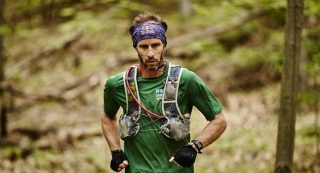
In celebration of their newest trail shoe, Hoka One One has released “The Speedgoat,” a short film about the life of ultrarunner Karl Meltzer. The 20-minute video takes viewers though Meltzer’s childhood, how he entered the sport and the pivotal moments in his career. Both the film title and the new shoe, The Speedgoat 2, are based on his nickname.
Meltzer’s ongoing career has been prolific. He has won more 100 milers than any other ultrarunner. He also holds the Appalachian Trail thru-hike speed record with a time of 45 days 22 hours and 38 minutes. Throughout “The Speedgoat,” he shares his perspective on running and how he achieved these accomplishments.
The film also dives into the creation of the Hoka Speedgoat trail shoe inspired by Meltzer. Although his past sponsor turned him down, Hoka enthusiastically embraced the idea of an all-terrain running shoe. He became the brand’s first sponsored athlete in 2010 and credits Hoka with revitalizing his career.
“I always dreamed of having a shoe called the Speedgoat out there,” Meltzer said in the film. “I didn’t necessarily think it would happen. Now we have a badass trail shoe that can handle any terrain.”
Filled with great storytelling and beautiful running scenery, “The Speedgoat” is a must-watch for any ultrarunning fan. Meltzer’s life perspective is unrelentingly positive. The joy he receives from running is at the heart of the film.
“I encourage everyone to find that passion, that happy place even when it gets tough and gnarly. That’s really part of the fun and when we have fun, it’s better than anything else in the world.”
View the entire film below.
RELATED: Hoka Launches New Elite Team For 2017
The post New Short Film Shares The Secrets To Ultrarunner Karl Meltzer’s Success appeared first on Competitor.com.
August 1, 2017
Take A Look At Brooks’ New National Parks Collection
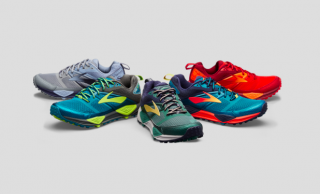
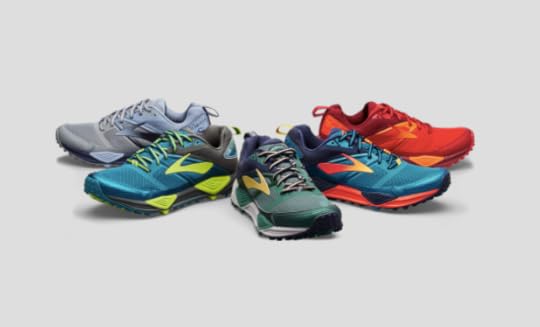
Brooks officially launched their National Parks collection today, available in stores and online at REI.com. The collection includes both footwear and apparel with a series of limited edition Brooks Cascadia 12 trail running shoes and technical running T-shirts.
Brooks is donating 5 percent of the wholesale cost of every National Parks Collection pair of shoes (retail for $130) and T-shirt (retail for $34) purchased to the National Park Foundation to help protect the places and spaces where people run.
The collection includes a shoe and shirt dedicated to all National Parks and is inspired by the look and feel of park ranger uniforms. Other specific parks and designs include:
Mt. Rainier National Park which uses gray and blue tones that are iconic to the northwest mountain;
Yosemite National Park, brought to life by deep blues and bright greens—colors often seen near the streams and creeks of the park;
Great Smoky Mountains National Park represented through deep reds and oranges often seen against the mountains at sunset;
And Yellowstone National Park, paid tribute to the vivid colors drawn from the park’s awe-inspiring hot springs.
Take a look at a few of the offerings here; view and purchase the rest at REI.com.
RELATED: Behind The Trail Running Initiative Advocating To Protect Public Lands
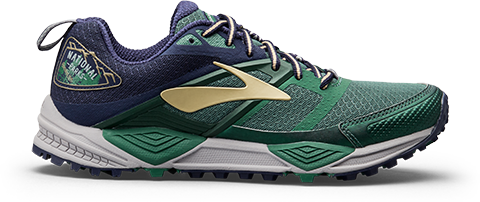
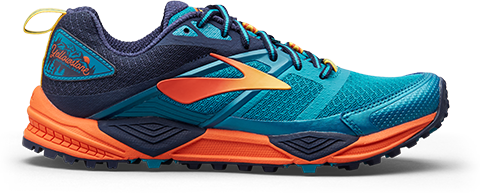
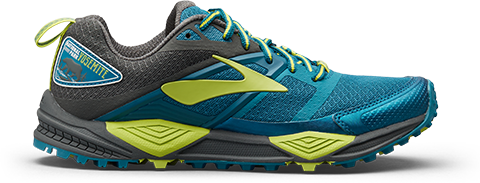
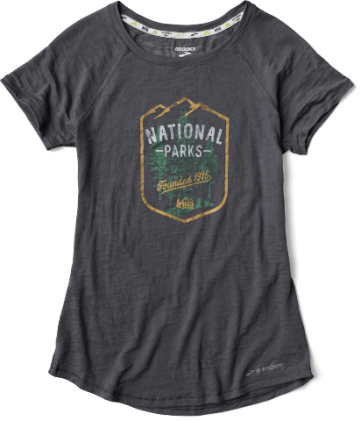
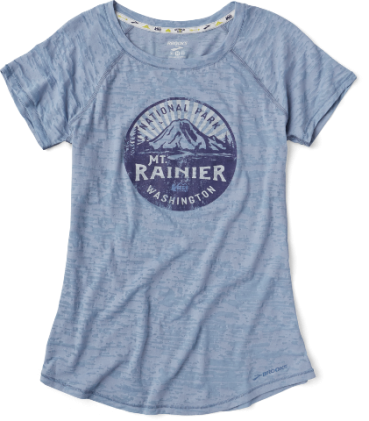

The post Take A Look At Brooks’ New National Parks Collection appeared first on Competitor.com.
What It’s Like To Be The Rock ‘n’ Roll Marathon Series Band Booker
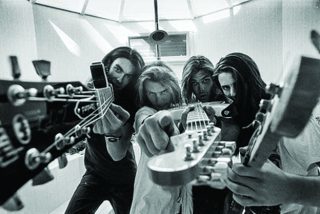
Alex Bennett (third from left) with his band Creature Feature back in the 90s.
Alex Bennett wants to tell you a story. And if you listen, mile by mile, you’ll hear it. As the vice president of operations, Bennett is charged with booking all of the headline acts for the Rock ’n’ Roll Marathon Series. Do the math … 30 events each year times 26 bands per event (one per mile) equals 780 musical acts each year. As a musician (he’s third from left with his band Creature Feature back in the 90s) and a runner, he has combined these loves and has been intimately tied to the industry for more than two decades.
Q: What’s your best band story for Rock ’n’ Roll?
We booked Snoop Dogg for the Vegas event and a few weeks before—it was a daytime show—he realized he had other obligations, so we had to scramble to get a big act to come in. Vegas is our Super Bowl. We were able to get Macklemore to play the show. He came in and played a great show and Snoop came back last year. That’s the hard thing with the music business. They have other obligations and things change. That’s probably the best G-rated story I can tell.
Q: How challenging is it to balance 780 bands each year?
It’s one thing to close down roads at six in the morning. It’s another thing to put a band outside of somebody’s house. The biggest challenge we have—especially as cities become more and more dense—is putting something appropriate out there. Some cities say you have to be acoustic until 8:30 in the morning. Ironically, a marching band is acoustic.
There is a balancing act of putting appropriate music on the course and also an act that’s going to inspire the runners. We do a lot of outreach with the community. We want to be able to come back next year and not change too much, so we’ll spend a lot of time coordinating with the neighbors and community leaders. We’ll go a quarter-mile out from the band stage to let them know.
Q: How do you go about selecting headliners?
I’m very much aware of trying to make sure we’re putting on an act that makes sense for that market and the size of the event. In Las Vegas, we’ll try to find a top-tier act, but we don’t always have the budget to do that on some of the smaller races. But we can still tell a good musical story.
One year in Seattle we had Sir Mix-aLot and The Presidents of the United States of America play as a dual headliner. They are both from Seattle. They both have a great Seattle story. We wanted to be able to entertain people and tell the people traveling in—or even the locals—hey, we’re highlighting some of Seattle’s musical past.
We did the same in Brooklyn last year. We picked some up-and-coming bands from the Brooklyn scene, which is very strong right now. We wanted to highlight what you might not hear on the radio, but this is very Brooklyn. You try to highlight the region you are in.
RELATED: Rock ‘n’ Roll Las Vegas Announces Goo Goo Dolls As Pre-Race Headliner
Q: How do you go about getting the right band for each city?
I think it’s fun. It gives us some creative flexibility to say how can we really have fun with this and tell a good story. The hard part is the scheduling. You try to put the pieces together and still have a great event that is true to that city. We’ve had a lot of great up-and-coming bands that have gone on to bigger things. We’ve had some great course bands that are a lot bigger now. Macklemore played on course. Lady Antebellum played on course in Nashville. We’ve been lucky enough to have some bands that were just local bands at the time go on. I think that shows we’re really doing our homework. Part of the fun for us is helping runners discover these bands.
Q: How do you integrate your musical background into what you do now?
The reason why this is such a great fi t is I went to Berklee College of Music in Boston and I sat at the marathon finish line for years and was inspired by people throwing up on themselves. Which I did without having to run. Knowing I could be healthy and do the same thing I was doing, I’d put my Chuck Taylors on and run around the Charles River and it stuck. After college I ended up working in the music industry. My first marathon was the L.A. Marathon in 1994. Then I moved to Seattle to open Experience Music Project, an interactive museum there. As I continued to work on the music side of things, I kept running so it makes sense that I ended up working for Rock ’n’ Roll.
Q: Do you listen to music when you run?
I do. I do a lot of analysis of beats per minute, especially when I’m training for something and find something in my cadence as a runner. I sometimes run without music, because I think that’s also healthy. I mix it up. But there is always music in my head.
RELATED: These Are The Top Workout Songs Of Summer
The post What It’s Like To Be The Rock ‘n’ Roll Marathon Series Band Booker appeared first on Competitor.com.
Scientific Proof That Music And Running Are A Good Mix
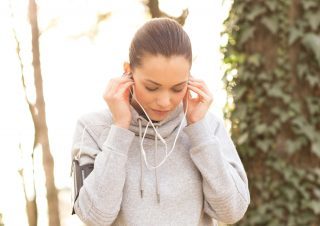
Jodi Snowdon doesn’t run a step without her headphones. Podcasts keep her company some of the time, but more often than not it’s a constant musical beat that sets the tone for her runs. This holds true whether training or racing.
“The first run I did five years ago, I had no music and I was surprised by how much I enjoyed the whole experience,” says the 40-year-old from Ontario. “But then my brother gave me an iPod, and we joke that that’s what turned me into a runner.”
Snowdon is in good company. Multiple studies link the benefits of combining the two. A 2015 study in the Journal of Strength and Conditioning showed that music can improve performance and accelerate recovery during and after a 5K. Another from Psychology of Sports and Exercise found that runners engaged in high-intensity running may benefit from music as a motivational tool. According to Running USA’s 2017 report, 55 percent of 7,000 runners surveyed listen to music during their miles.
Like Snowdon, 46-year-old Malinda Ann Hill, of Wynnewood, Pa., also likes bringing her tunes along. She has found it particularly useful during goal races. “When I was going for my BQ [Boston Marathon qualifier], I had a specific playlist set up to help when the going got tough,” she says. “I really tune into the lyrics, and they motivate me to work hard.”
Chris Lawhorn recognized the connection between running and music and launched an entire business around it a decade ago. RunHundred. com allows runners to tap into his vast database of songs and create playlists by tempo, genre, era or even time. With his site at 50,000 subscribers strong, Lawhorn has seen some trends develop. In terms of beats per minute (BPM), Lawhorn subscribes to the theory that 180 is ideal if you want to match steps per minute, but BPM isn’t the only factor.
RELATED: These Are The Top Workout Songs Of Summer
“Men and women process music differently,” says the 39-year-old who is based in Fort Wayne, Ind. “Women tend to focus on the melodies, while men are more interested in the lyrics.” He says hip-hop ranks most popular among men, while women are after a faster tempo and more lighthearted lyrics. His largest subscriber demographic is women in their 30s.
Like Lawhorn, Adrienne Perez is a club DJ who is also a runner. Known as DJ Kinky Loops, she designs playlists for the popular, nationwide Orangetheory Fitness exercise classes, which contain a heavy dose of treadmill running.
“I tend to customize an intense, high-energy build before a big push in class and before all-out running speed on the treadmills,” says Perez, 30. “I think people work their hardest when they have a good mix of songs they can sing along to in their heads, or zone out to and forget the discomfort.”
While it works for many, music isn’t for every runner. Some might find it a distraction, certain races prohibit headphone use and safety is a consideration as music can shut out nearby noises.
Lawhorn wonders if music will stay at the forefront with runners or if podcasts may win out. “Historically, music has been the only accompaniment available,” he says. “But in 10 years, I wonder if it will still be at the top.”
But Hill, who has been bringing music along since the days of the Walkman, can’t imagine it any other way. “There’s a history to the songs I listen to and lyrics can mean so much to me,” she says. “Music can serve as both a solace and a motivator to me when I run.”
RELATED: How Running And Music Intersect For RAC’s Liz Anjos
The post Scientific Proof That Music And Running Are A Good Mix appeared first on Competitor.com.
These Are The Top 10 Workout Songs Of Summer

Collaborations are increasingly popular in pop music. While some of this stems from a desire to work together, it also reflects an opportunity for artists to reach each other’s fans. As evidence of this trend, these top 10 workout tracks (voted by users of RunHundred.com) are credited to 19 different artists. The advantage of a collaboration to an artist is clear, but it also makes for a more varied listen on your end. Put simply, what these tracks lack in eclecticism, they make up for in personnel—and that kind of musical abundance can make for a fun run.
“Remember I Told You” by Nick Jonas, Anne-Marie & Mike Posner—113 BPM
“Most Girls” by Hailee Steinfeld—103 BPM
“Swish Swish” by Katy Perry & Nicki Minaj—120 BPM
“Despacito (Major Lazer & Moska Remix)” by Luis Fonsi & Daddy Yankee—101 BPM
“Issues (Alan Walker Remix)” by Julia Michaels —115 BPM
“Sounds Good to Me” by Nelly —101 BPM
“That’s What I Like (Alan Walker Remix)” by Bruno Mars —134 BPM
“No Promises” by Cheat Codes & Demi Lovato—114 BPM
“You Don’t Know Me” by Jax Jones & Raye —125 BPM
“Cut to the Feeling” by Carly Rae Jepsen—115 BPM
RELATED: Scientific Proof That Music And Running Are A Good Mix
The post These Are The Top 10 Workout Songs Of Summer appeared first on Competitor.com.
Our Editor’s 5 Favorite Running Gear Items At Outdoor Retailer

Last week’s big Outdoor Retailer trade show in Salt Lake City was a run lover’s dream for seeing new items hitting the market. Most will be out in 2018, but some are on the market now. These were the five things that made the biggest impression.
RELATED: First Look At 2018 Running Shoes Showcased At Outdoor Retailer
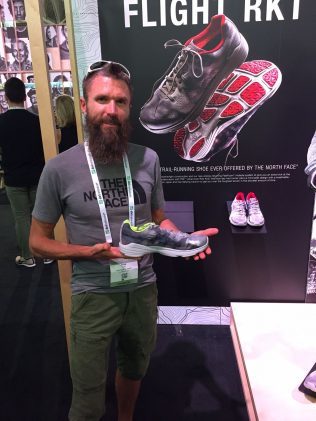
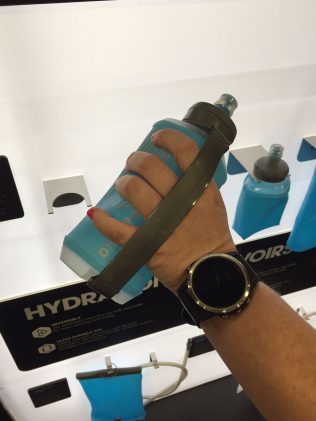
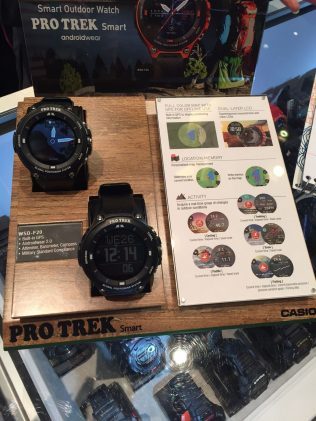
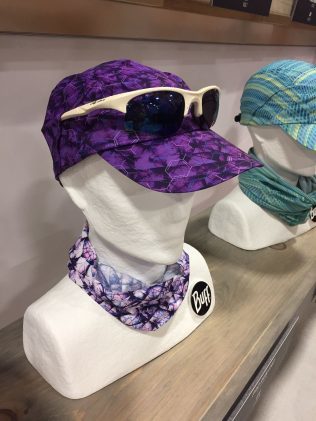
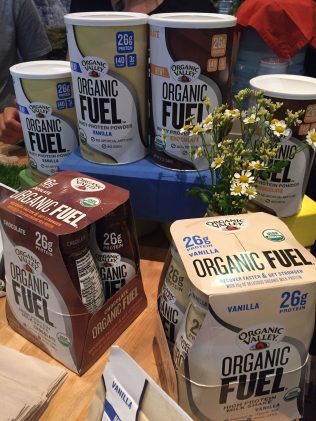
The post Our Editor’s 5 Favorite Running Gear Items At Outdoor Retailer appeared first on Competitor.com.
Watch Kevin Hart’s Announcement To Run The NYC Marathon
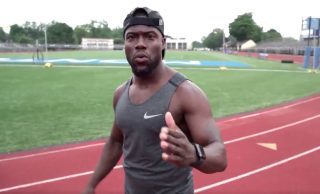
Kevin Hart just announced on Twitter that he’s running this year’s TCS New York City Marathon on Nov. 5. His first marathon ever.
I have a HUGE announcement. That’s right people, I’m running the #NYCmarathon. That’s my #moonshot. What’s yours? pic.twitter.com/gVUtvBVDpq
— Kevin Hart (@KevinHart4real) July 29, 2017
The superstar comedian has been known to host spontaneous 5K runs with his fans while on tour, he’s participated in Nike+ Run Club events, and he was the announcer for the live stream of Nike’s Breaking2 attempt in Monza, italy. It’s obvious that Hart is a big time runner. So it only makes sense that his next running endeavor, or “moonshot” as he’s calling it, is to run the biggest marathon in the nation.
In his video announcement, Hart says he was inspired by Eliud Kipchoge’s unofficial marathon record of 2 hours and 25 seconds achieved at the Nike Breaking2 attempt. Initially, Hart’s moonshot was going to be a half marathon, but he continues in the video “instead of doing a half marathon, what I’m going to do is a half marathon twice.”
We’ll see how Hart fares come November, but in the meantime, he has three months of training ahead of him.
RELATED: How Celebrities Fared At The 2016 New York City Marathon
The post Watch Kevin Hart’s Announcement To Run The NYC Marathon appeared first on Competitor.com.
July 31, 2017
Read the August 2017 Digital Edition of Competitor Magazine
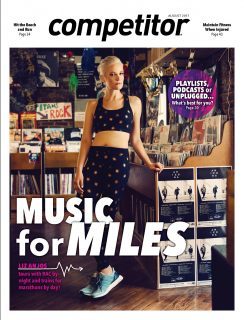
Our August edition of the magazine features RAC’s Liz Anjos on the cover, a singer/songwriter and sub-3-hour marathoner who tours with the electronic band by night and trains for marathons by day. Also in this issue, read about why music matters when it comes to running—including the science behind it, the best running earbuds and a Q&A with the band booker for the Rock ‘n’ Roll Marathon Series—best tips and practices for running in the sand this summer, and how to maintain fitness while injured.
Find our print edition at a location near you with the store locator.
The post Read the August 2017 Digital Edition of Competitor Magazine appeared first on Competitor.com.
First Look At 2018 Running Shoes Showcased At Outdoor Retailer
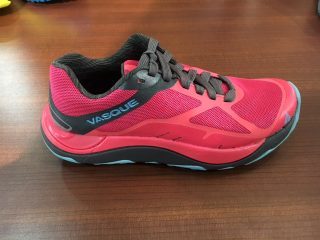
At this year’s Outdoor Retailer Show hosted in Salt Lake City, Competitor was given a preview of next year’s running shoes, some of which will be released in early 2018 and others launching for the Fall ’18 season. The big trend in running shoes in 2018 is the “proliferation of polyurethane” (PU). Whether it is blown PU, PU inserts or full sheets of encapsulated PU cells, the midsole material with greater durability and a different resilient feel to standard ethylene-vinyl acetate (EVA) is gaining dominant placement across many brands.






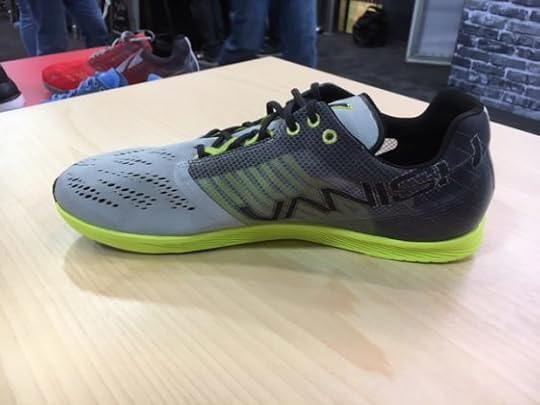
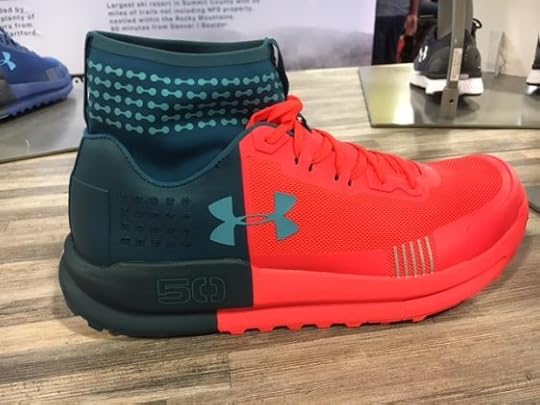
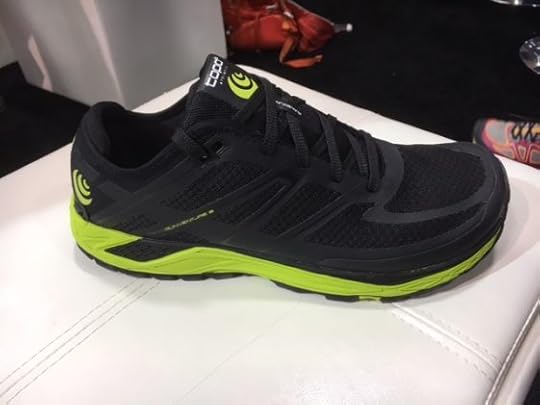

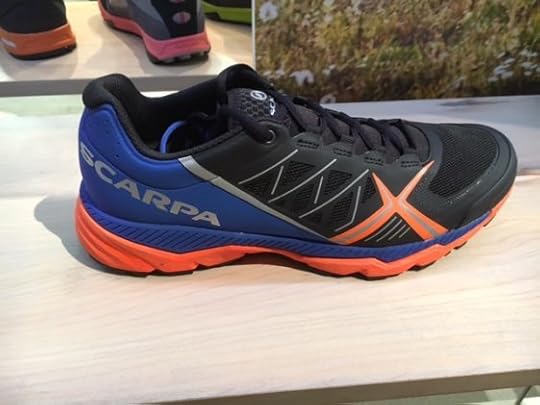
The post First Look At 2018 Running Shoes Showcased At Outdoor Retailer appeared first on Competitor.com.
Ryan Hall's Blog
- Ryan Hall's profile
- 21 followers



